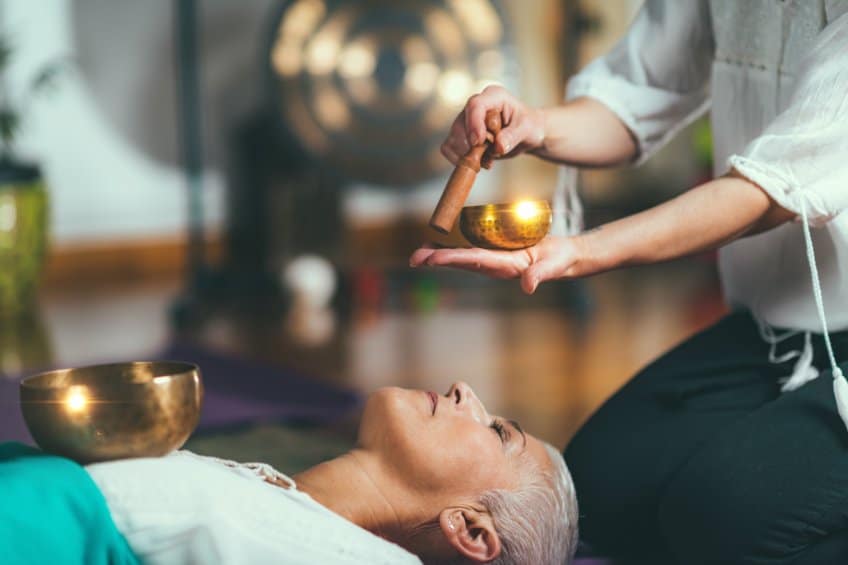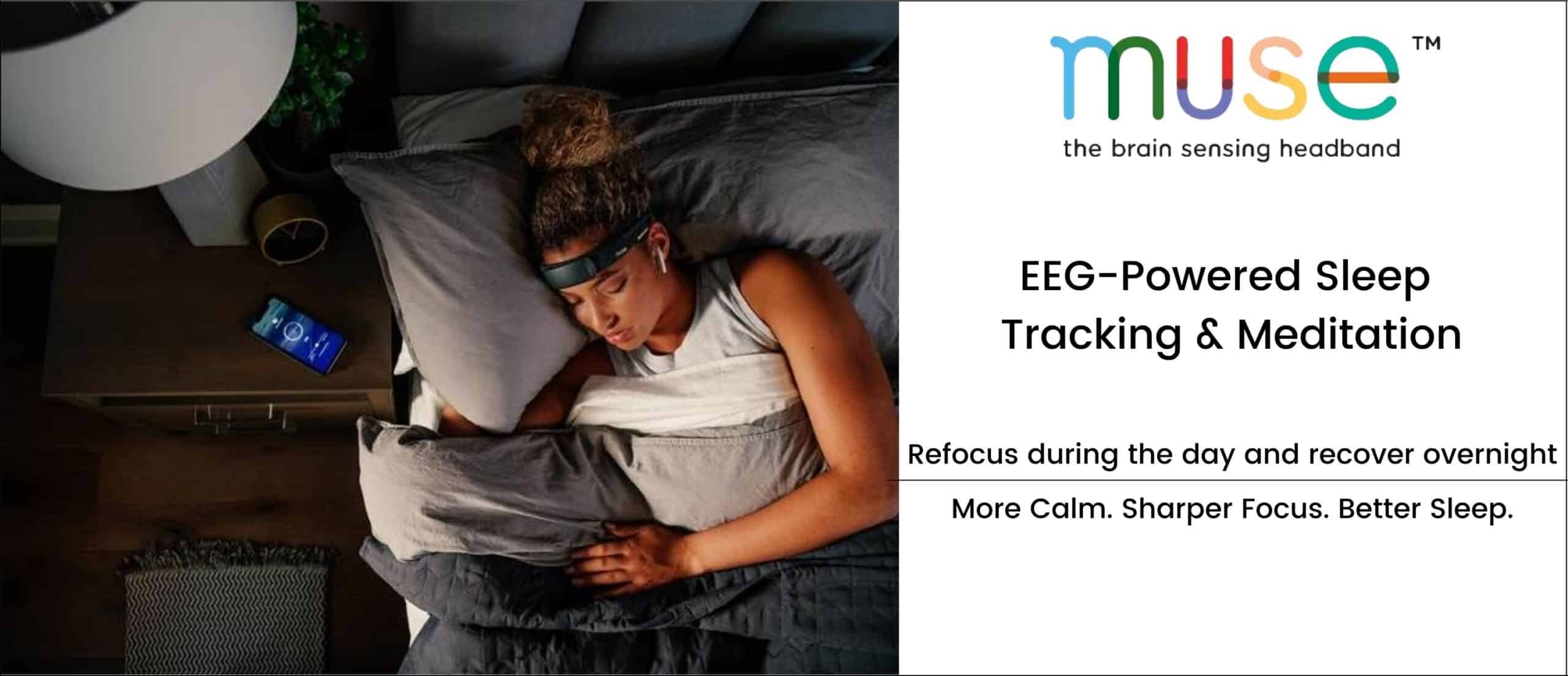By Barbara Krooss –
There is a lot of noise about the possible therapeutic and healing power of sound. Cacophony may seem a bit over the top for many, but there is evidence that at least some sounds may positively impact people.
Unfortunately, not all sounds or their related therapies are the same. Listeners, therefore, need to be able to recognize the differences as well as their benefits and limitations.
Of course, grooving to “good vibrations” isn’t new. It’s virtually universal. Music soothes the savage beast as well as people. For centuries, random noises and rhythms have engaged and calmed. Mothers, for example, instinctively soothe babies with random sounds, and many cultures and religions have employed sounds and noise to wash over listeners.
Ultimately, many of these approaches reflect what is now known as sound baths, also recognized as sound therapy. The therapy is reminiscent of a preschool chill-out that combines naptime with rhythm bands. In this case, adults close their eyes and get comfortable for an hour while sound practitioners use singing bowls, flutes, bells, chimes, tuning forks or other instruments to wash the air with soothing, random-seeming sounds. Music isn’t involved since the sounds are not melodic, rhythmic or predictable.
People describe the resulting mental state as relaxed, open, meditative, spiritual or cleansing. Some even report experiencing a hypnotic feeling. The therapy may be able to reorganize a person’s thoughts and create new perspectives that are more productive.
“Because there are no repetitive tonal patterns for the mind to follow, eventually the brain gives up trying and surrenders into a passive state,” explains Christine Nun, a sound bath instructor at CIVANA Wellness Resort and Spa.
“The intention is to change and help balance the participant’s energy. During a sound bath you don’t want to hook into a melody. You don’t want to repeat things because you don’t want the brain to recognize a repeated beat. Instead, you want participants to release, and you want the brain to let go,” adds Tamalyn Miller, the lead sound practitioner at Naturopathica Chelsea.
Why does it work? Medicina Narrativa suggests that the relaxation helps shift the body’s autonomic nervous system to the parasympathetic “digest, relax and rebuild” mode. The lack of patterned or verbal input activates the brain’s holistic and intuitive right hemisphere. Electroencephalograms show brain waves slowing from everyday aroused beta waves to extremely relaxed theta patterns and sometimes the delta sleep waves.
While Miller and Nun may have vested interests in promoting what they believe to be a powerful therapy, independent research supports the notion that sound baths are beneficial. One study published in Sage Journals claims that sound baths can facilitate relaxation and meditation, reduce subjective stress and improve mood.
National Institutes of Health added to the support by citing Chinese research that sound baths can help lower blood pressure, ease depression and decrease chronic and acute pain. It is impressive because the therapy is non-invasive and doesn’t involve drugs. The process may even be able to reduce spasticity and improve motor function in patients with cerebral palsy.
A recent Norwegian study even suggested that repeated sound bath therapy sessions only help to reduce pain further.
The growing amount of research undoubtedly underscores the potential benefits and popularity of sound baths. Unfortunately, this awareness doesn’t always help distinguish the difference between sound baths and sound healing.
Sound healers claim sounds can act like targeted acupuncture needles or lasers to release energy field blockages in physical or subtle body chakras and remove body toxins. Health Feedback, a nonprofit information platform, is quick to note that there is no scientific evidence to support these claims.
There are even caveats for embracing sound therapy. Practitioners don’t require a license, resulting in dicey promotions and experiences. Healthline.com also notes that it should not be a replacement for psychotherapy or counseling. Sound therapy is also clearly distinct from music therapy, a form of psychotherapy that requires a specialized degree.
Sound bath has nothing to do with the medical use of ultrasound for diagnosis. Physical therapists use ultrasound locally to apply vibrations to disrupt scar tissue adhesions, and medical pain specialists use it to relieve muscle and bone pain.
People who have recently had a concussion or are prone to sound-triggered seizures or migraines should avoid sound baths.
Yet even with these caveats, sound therapy is an easily accessible draw that stands to offer a range of benefits. As an added incentive, there’s no need for special preparation or beliefs.
“For many people, it’s much easier to let go in a sound bath versus traditional meditation,” explained Seth Misterka, co-founder of the Crystal Sound Bath in Los Angeles.













